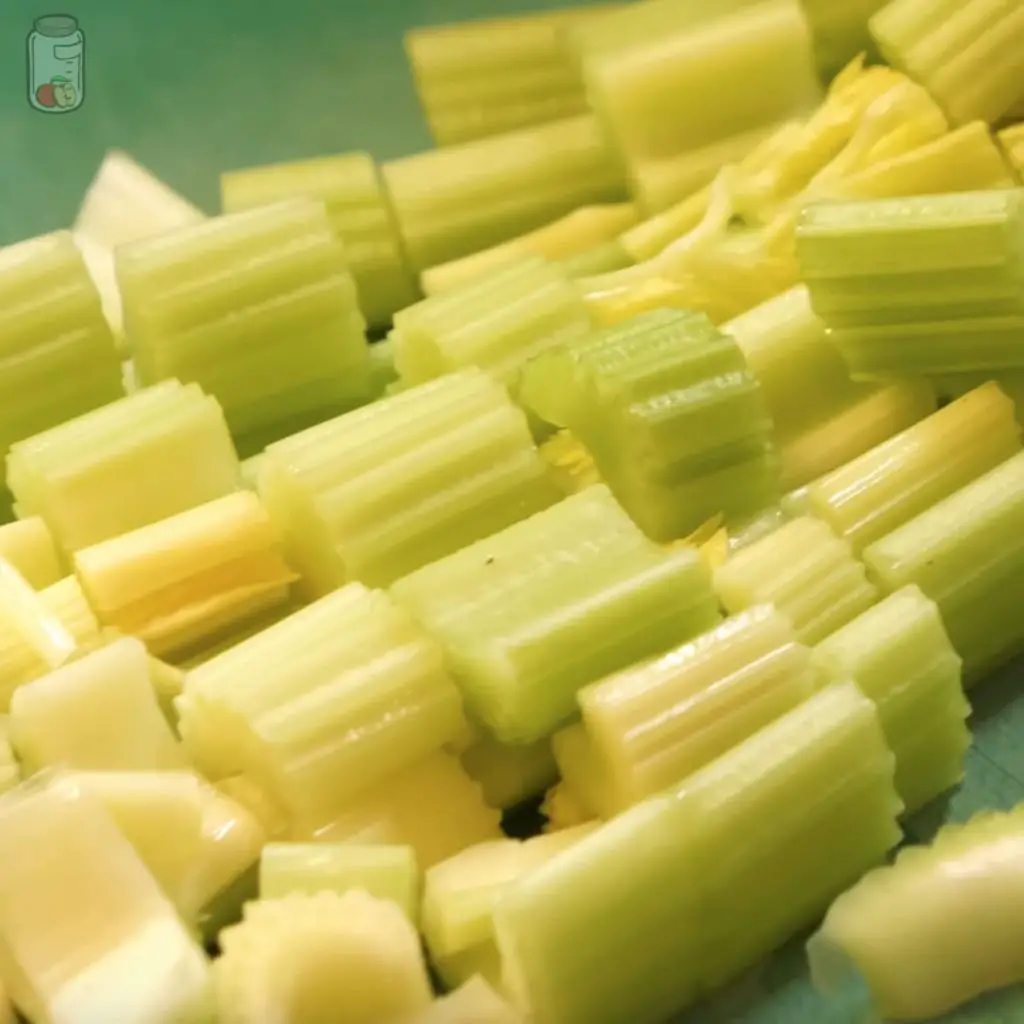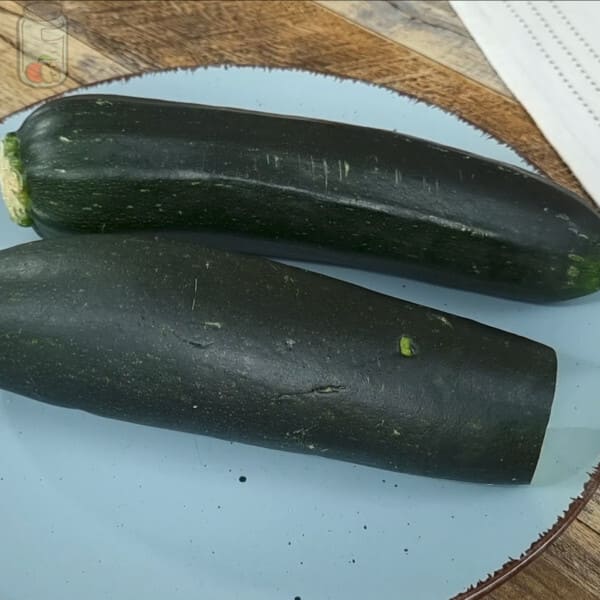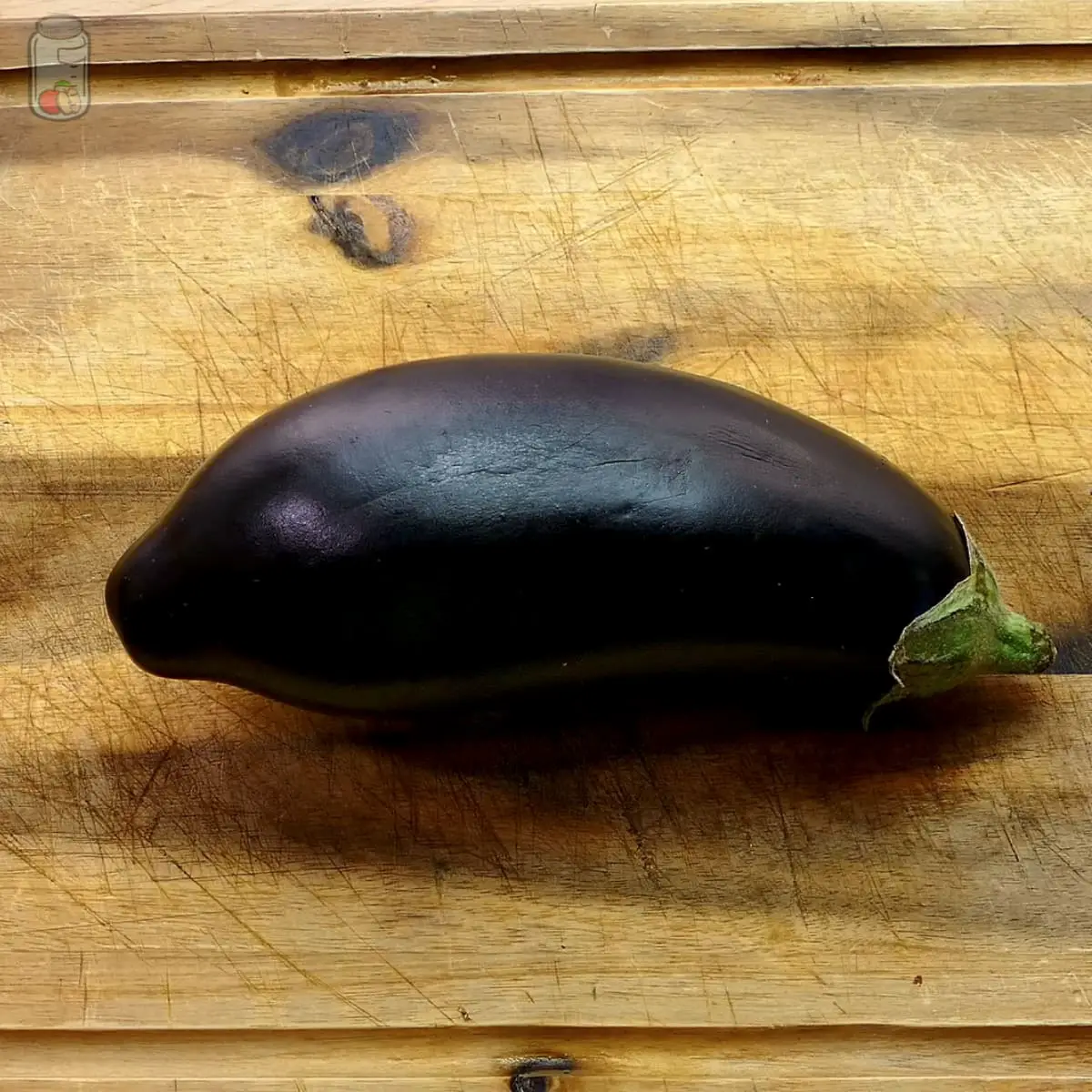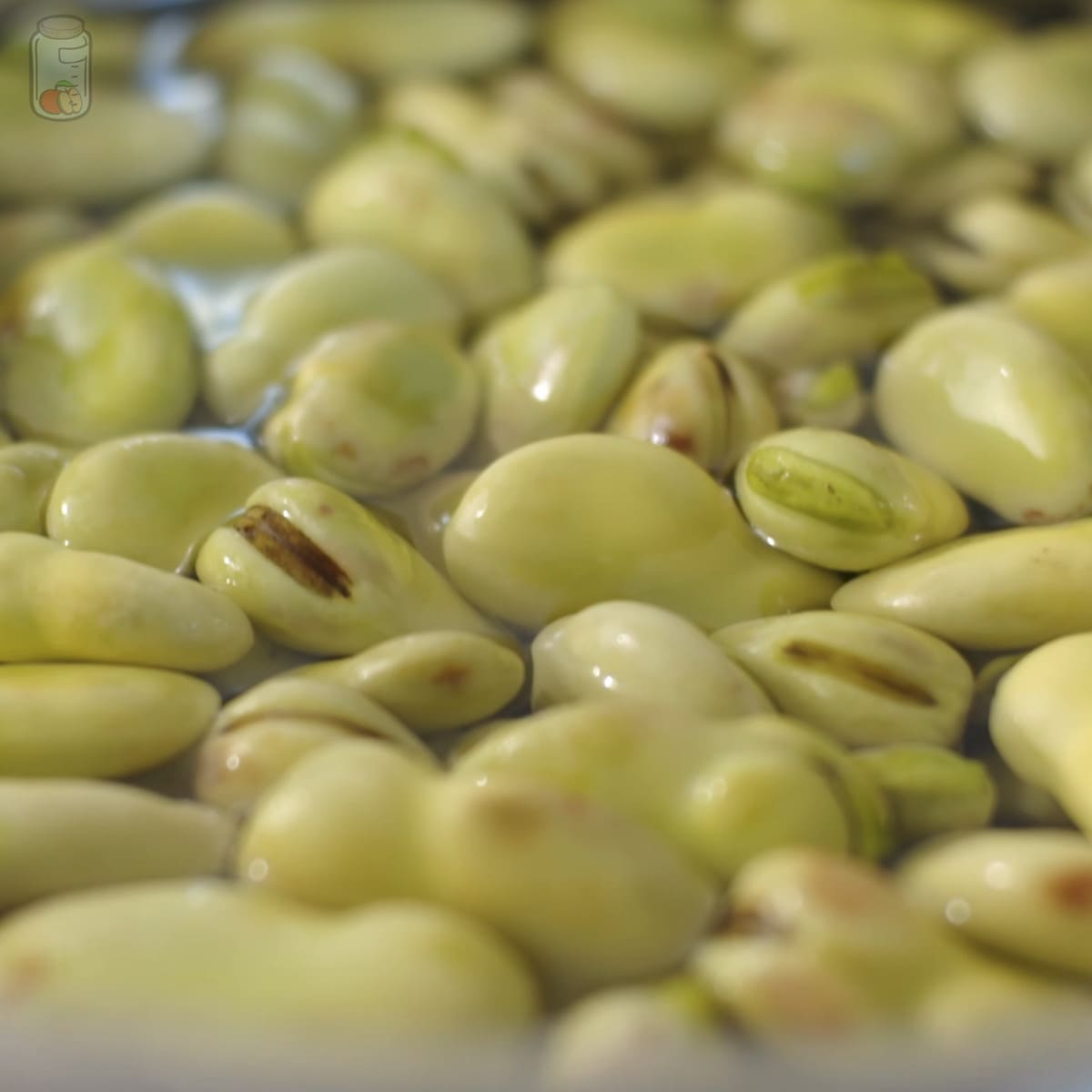Celery is a vegetable mostly added to soups, salads, and dishes, where you can eat it raw or cooked. Its versatility makes it an essential ingredient in our home, so today, we will teach you how to preserve celery correctly.
You cannot store celery at room temperature, so keep it in the fridge for 1 to 2 weeks or freeze it for 10 or 12 months.

To learn in more detail how to preserve celery properly, read on.
How to keep celery in the fridge
You can keep celery inside the fridge in two ways. The first and simplest is to store the whole celery wrapped in aluminum foil.
You may wonder why with aluminum foil and not inside an airtight or paper bag. It is because the idea is to retain its moisture as much as possible, but as this vegetable expels ethylene gas, when you put it inside an airtight container or bag, that natural gas will concentrate and make the celery rot faster.
So, without washing the celery with water, remove the soil with a brush or use a paper towel if it is a bit damp; then, wrap the celery with aluminum foil without sealing it too tight to expel the ethylene gas.
Then, store the celery in the drawer or compartment for the vegetables of your refrigerator or in a not very cold part, away from other foods that expel this type of gas. The celery can be between 1 and 2 weeks refrigerated. [1]
Place the storage date on the aluminum foil, so you will know when it is about to be damaged.
However, if you have chopped celery or want to store it chopped, do the following:
- Step 1: Wash and chop the celery.
Wash the celery under tap water, rubbing its stem well to remove all the dirt, cut the leaves, and chop the stem into pieces.
- Step 2: Put the celery in a bowl of water.
Now place the celery pieces inside an airtight container, which can be glass or plastic, and cover them with water. As celery is mainly made up of water, this will help keep them fresh.
- Step 3: Store the chopped celery in the fridge.
Leave the container in the coldest part of the fridge. That way, the chopped celery can be kept refrigerated for 5 to 7 days, you will only need to change the water daily or every other day.
How to freeze celery
Can celery be frozen? Freezing celery is a great option to store it long term, but you may be careful to follow the freezing guidelines for this kind of product.
So if you want to see how to freeze celery properly, check the following steps.
- Step 1: Wash and cut the celery.
Wash the celery and rub its stem well to remove all the dirt, then remove the leaves and chop the celery into pieces of the size you prefer.
- Step 2: Bleach the celery.
Boil water in a saucepan. Once boiled, add the pieces of celery, and let cook for 2 minutes, then strain them and put them immediately in a bowl with cold water and ice cubes to stop the cooking process.
Strain the celery pieces again and leave them there for several minutes to drain well or use a centrifuge cup. Then, put them on paper towels to try to remove excess moisture.
- Step 3: Perform the first freezing of celery.
Spread the celery pieces evenly on a tray with wax paper, parchment, or nonstick foil. Put the tray in the freezer for at least 4 or 6 hours to avoid the pieces of celery sticking together.
- Step 4: Transfer the frozen celery pieces to sturdy containers.
Now that the celery pieces are frozen, put them in freezer-resistant bags or airtight containers.
- Step 5: Write the storage date of the celery.
In this way, you will know when they have been stored in the freezer, and you will be able to track their shelf life.
- Step 6: Store the celery in the freezer.
You can store celery in the freezer for 10 or 12 months. [2]
You can add it to your recipes directly frozen or slowly thaw it in the fridge. For that, pass it a day before; there it can be for two or three more days.
Celery cannot be refrozen, and its texture, when thawed, will not be as crispy as when fresh, so it should not be used raw, as in salads.
How to dehydrate celery
Celery can also be dehydrated to last longer, especially if you have too much and want to store celery without a fridge. To do so, you will need to perform these steps:
- Step 1: Wash and chop the celery.
Wash the celery under the stream of tap water and rub its stem well, so you will be sure to remove the dirt. Next, cut the leaves and chop the celery into preferably small pieces so that they dehydrate faster.
- Step 2: Bleach the celery.
Put a saucepan with water on the stove and when it starts to boil, add the celery pieces and let cook for 3 minutes. After this time, strain them and immediately put them in a bowl with icy water to cut the cooking.
Strain the celery pieces again and leave them there so that it drains well for several minutes or use a salad spinner. Then, try removing excess moisture with absorbent paper or a clean, dry towel.
- Step 3: Dehydrate the celery.
For this step, it is best to have a food dehydrator. Evenly place the celery pieces in their internal trays, turn them on at 122°F (50°C), and dehydrate them for 6 or 8 hours.
But if you do not have one, you can dehydrate the celery in the oven. First, preheat it to the lowest temperature between 190°F -230°F (90° C – 110°C). Then, evenly spread the celery pieces on a tray with parchment paper, nonstick foil, or a grid. Bake for 4 or 6 hours.
The celery will have dehydrated correctly if it breaks when you try to fold it; if this does not happen, dehydrate for half an hour more.
- Step 4: Transfer the dried celery to an airtight container.
Please wait for the dried celery to cool before placing it in an airtight bag or container. If you want to keep it at room temperature, I advise using an airtight glass jar or a screw cap since this material keeps food better for a long time.
But if you want to freeze dehydrated celery, it is best to use resistant packaging.
- Step 5: Write the date of dehydration of celery.
As part of the good practices, it is good to control storage.
- Step 6: Store the dried celery.
Dehydrated celery will stay at room temperature for a year if stored in a dry, dark, and cool place. You could also store dried celery in the freezer for 3 to 5 years.
If you want to rehydrate it, immerse the dehydrated celery in water for 30 minutes. However, it should be clarified that it will not have the crunchy texture of when it was fresh.
How to preserve pickled celery
The most common preservation method is an incredible recipe that will help you keep celery longer, plus it becomes another way to eat it and incorporate it into different preparations, which is pickled celery.
You will need an entire bunch of celery, half a cup of white vinegar, half a cup of water, two tablespoons of sugar, half a teaspoon of salt, and several grains of black pepper; you can also add a head of garlic.
- Step 1: Wash and cut the celery.
Wash the celery under tap water and rub its stem well to remove all the dirt. Then remove the leaves, cut the celery into thin strips, and set aside.
- Step 2: Prepare the brine.
Add the rest of the ingredients to a pot, turn the stove on medium-high heat, and boil for 10 minutes.
- Step 3: Fill the jars with celery and brine.
Add the celery strips and cover them with the brine in glass jars with airtight or screw lids previously sterilized (10 minutes in boiling water). The celery should be completely submerged.
Do not fill the bottle; leave at least one finger and a half free to perform the next step without inconvenience.
- Step 4: Vacuum seal the jars with pickled celery.
Boil the sealed jars in a large pot for 20 or 30 minutes; just put a cloth or rack down to prevent them from colliding with the pot or between them and add water to cover or almost cover the jars.
Turn off the heat and wait until the water cools to remove the jars; otherwise, the sudden temperature shock could cause them to explode. Place pickled celery jars in a shady place for 6 or 12 hours.
- Step 5: Place the date of preparation of the pickled celery.
Put date labels on the bottles or tape strips and write the date on them.
- Step 6: Save the pickled celery.
Store the jars sealed with pickled celery in a dark, cool, and dry place. This way, the pickled celery will keep for six at room temperature, but it will only last 2 to 3 weeks after you open the jar.
Another option, and the most recommended, would be to store the pickled celery inside the fridge. If the jar is sealed, you can keep it for 12 months; while open, it can last in the refrigerator for 2 or 3 months.
How to preserve celery root
As celery root is also edible, it is normal to find it in food stores or greengrocers. And like regular celery, you cannot keep it for long at room temperature because it would spoil quickly.
So when you get home with a celery root, cut off the leaves and stems it may have, do not wash it with water, but clean it to remove any dirt.
Then, put it inside a non-airtight plastic bag or container. You can cover it with paper towels to prevent the fridge’s humidity from affecting it.
Store celery root in the vegetable drawer, and it will be refrigerated for a week. [3]
Something that could help you check its condition is that if the celery root weighs more than its size suggests, it is OK because losing weight is a sign that it will have dried and damaged.
Another option you must freeze the celery root as follows:
- Step 1: Wash and chop the celery root.
First, wash the root under tap water, rubbing it with a brush to remove all the dirt. Then peel it and cut it into slices or squares.
- Step 2: Bleach the celery.
Take a pot of water to the stove and when it starts to boil, add the pieces of celery root, and let it cook for 2 or 3 minutes. Cook them, and immediately after, put them in a bowl with cold water and ice cubes.
Strain the celery root again.
- Step 3: Perform the first freezing of celery root.
Once the pieces of celery root are totally dry, arrange them on a tray with wax paper, parchment, or nonstick foil, then put them in the freezer for 4 or 6 hours. In this way, it prevents the pieces from sticking later.
- Step 4: Transfer the frozen celery root pieces to sturdy containers.
Put frozen celery root pieces in freezer-resistant bags or airtight containers.
- Step 5: Write the storage date of the celery.
This way, you can know how long you have stored it in the freezer.
- Step 6: Save the celery root in the freezer.
Celery root can be frozen for 12 months. You can add it frozen to your recipes, but if you are interested in thawing it, move it to the refrigerator a day earlier, where it can be for two or three more days.
How to know if celery got bad?
To determine if celery is in poor condition, you should check the following signs:
- Colorless: if celery loses its characteristic green tone and begins to turn yellow, it is starting to be damaged, but if it is entirely brown, you should throw it away because it dried.
- Change of taste and smell: When celery is bad, it will have a strange or rotten smell, and its taste will be lost or become sour and rancid.
- Mold: If celery is not stored correctly, you may get black or white spots or lint, which indicates that it will have been contaminated.
- Change of texture: If the celery becomes incredibly soft and dense, throw it away because it was damaged.
How long does celery last?
| Product | Duration |
| Whole and fresh celery in the fridge | 1 – 2 weeks |
| Chopped celery in the fridge | 5 – 7 days |
| Frozen celery | 10 – 12 months |
| Dehydrated celery at room temperature | 1 year |
| Dehydrated celery in the freezer | 3 – 5 years |
| Pickled celery at room temperature (sealed) | 6 months |
| Pickled celery at room temperature (open) | 2 – 3 weeks |
| Pickled celery in the fridge (sealed) | 12 months |
| Pickled celery in the fridge (open) | 2 – 3 months |
| Refrigerated celery root | 1 week |
| Frozen celery root | 12 months |
What is the best way to preserve celery?
The best way to save celery is to keep it whole in the fridge and wrapped in aluminum foil, maintaining its freshness for a few weeks.
On the other hand, chopped celery, although you can refrigerate it for several days, consider that the best way to preserve it would be to blanch and freeze it, although it later loses its texture.
And to consider storing celery at room temperature, you should dehydrate it first. However, you could also make pickled celery and keep it inside the refrigerator to maximize its shelf life.
Although you can freeze celery root, the best way to store it is in the refrigerator.
If you want to know how to store more vegetables, fruits, or food in general, you can use the search bar or check the following posts.
[1] https://lee.ces.ncsu.edu/wp-content/uploads/2012/12/TheFoodKeeper.pdf?fwd=no
[2] https://foodbanksbc.org/wp-content/uploads/2014/12/Food-Storage-Guidelines3.pdf







